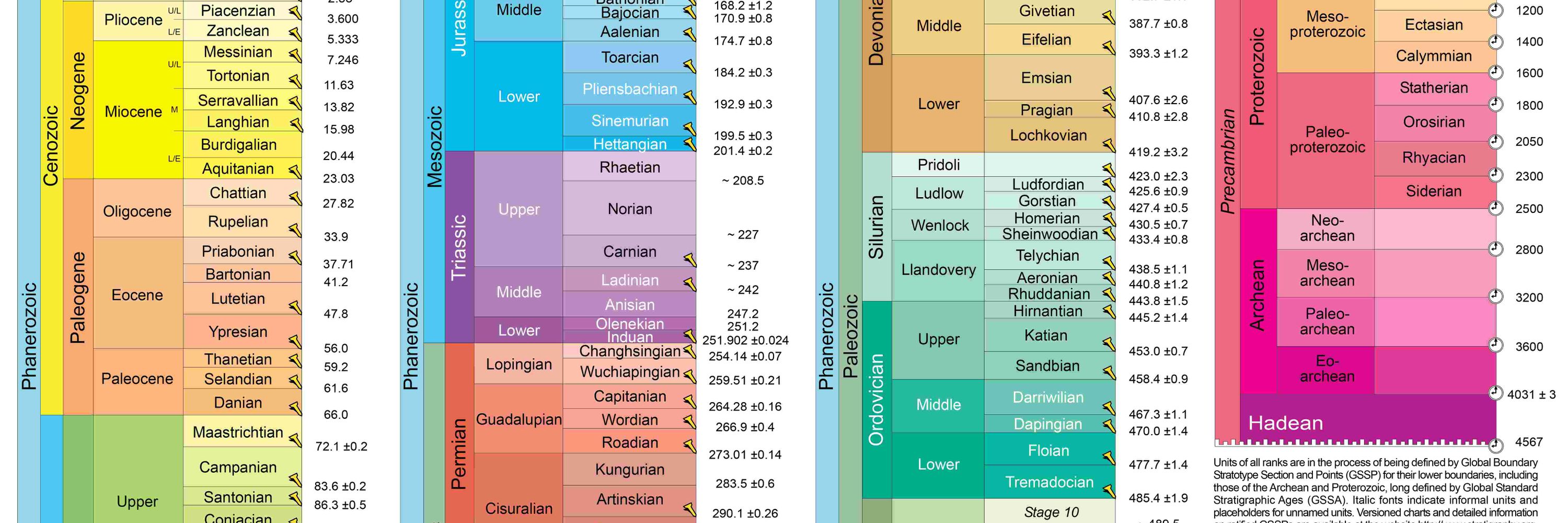
Paleo Nerd 🦖🪨 ⚒️

Here is part of the body of quite a large trilobite known as Paradoxides spinosus. This specimen comes from the Middle Cambrian (Drumian) Jince Formation from the Czech Republic. Paradoxides is one of the largest trilobites known from the Cambrian period.

Here is part of the body of quite a large trilobite known as Paradoxides spinosus. This specimen comes from the Middle Cambrian (Drumian) Jince Formation from the Czech Republic. Paradoxides is one of the largest trilobites known from the Cambrian period.

Here is the crinoid Arthroacantha carpenteri with a Platycerid snail attached. These snails are Coprophagous which means they ate fecal matter. The snail would attached to the anal chimney of the crinoid and would feed on the waste.
Arkona Shale
Mid Devonian
Ontario
Here is the crinoid Arthroacantha carpenteri with a Platycerid snail attached. These snails are Coprophagous which means they ate fecal matter. The snail would attached to the anal chimney of the crinoid and would feed on the waste.
Arkona Shale
Mid Devonian
Ontario
This is an Isotelus roller I found at Flat Run quarry near Mt. Orab, Ohio. I exposed most of the body and the genal (cheek) spine.
I can feel my back loosen up and stress melt away.


This is an Isotelus roller I found at Flat Run quarry near Mt. Orab, Ohio. I exposed most of the body and the genal (cheek) spine.
I can feel my back loosen up and stress melt away.

These are a couple of olenellids, famous as tectonic shear indicators

These are a couple of olenellids, famous as tectonic shear indicators
This is a Triarthrus eatoni from the famous Ordovician Beecher's Bed of New York. This site preserves soft tissues like legs, gills and antennae with pyrite or fool's gold.
#TrilobiteTuesday


This is a Triarthrus eatoni from the famous Ordovician Beecher's Bed of New York. This site preserves soft tissues like legs, gills and antennae with pyrite or fool's gold.
#TrilobiteTuesday
Here is a beautifully enrolled Dolomitized Calymene celebra from the Silurian (Wenlock) Joliet Dolomite from Grafton, Illinois.


Here is a beautifully enrolled Dolomitized Calymene celebra from the Silurian (Wenlock) Joliet Dolomite from Grafton, Illinois.
podcasts.apple.com/us/podcast/s...










Rocks likely heterolithic limestone with black shake and chert interbeds from late Devonian-early Carboniferous from southern Belgium.
#FossilFriday






⚒️

⚒️
#FossilFriday



#FossilFriday
#FossilFriday #FractofususFriday


#FossilFriday #FractofususFriday
Here is an absolutely beautiful regular sea urchin known as Desoricidaris pouyannei. This specimen comes from the Lower Cretaceous (Cenomanian) rocks of Taouz, Morocco. The preservation of the test (body) is absolutely stunning even after 100 mya!

Here is an absolutely beautiful regular sea urchin known as Desoricidaris pouyannei. This specimen comes from the Lower Cretaceous (Cenomanian) rocks of Taouz, Morocco. The preservation of the test (body) is absolutely stunning even after 100 mya!



